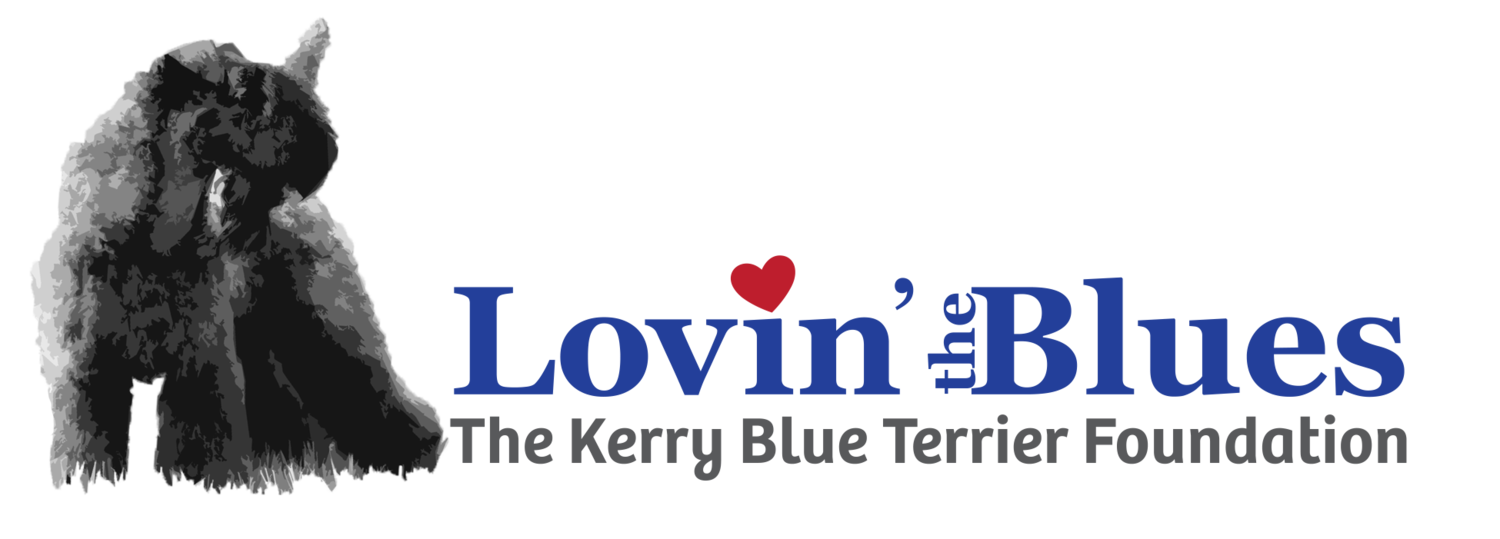News in the Working Dog World
UPenn Veterinary School Working Dog Center
Kerries are working dogs, originally bred to kill vermin around the farm and protect the family in the home while the farmer was out in the fields. But, even today's urban working dogs can do important jobs, as the Working Dog Center at the University of Pennsylvania School of Veterinary Medicine is exploring.
Inspired by the Search & Rescue Dogs that responded following the attacks on 9/11, the Penn Vet Working Dog Center serves as a national research and development center for detection dogs. The special scenting ability of dogs also allows them to serve in important ways such as medical or conservation detection.
On a recent evening at the Working Dog Center (WDC), Bonnie, a border collie, is one of five dogs enrolled in the "Citizen Science" course, training to enhance her scent detection skills. If her nose is good enough, Bonnie could go on to contribute to research projects the Center conducts in order to identify the factors that go into making extraordinary working dogs. That was a motivation for Joe Lynn, who found out about the course from a friend he met while competing in scent trials with his golden retriever, Aoife. "It seemed like a way for the dog to have fun and learn new skills, while helping with research as well," he says. "It's a win-win."
Part of the Center's mission is also to advance what scientists know about breeding, training, and caring for working dogs. To do this, it conducts research projects with its dogs on a variety of fronts, from determining optimal fitness to seeing how traits displayed in early puppyhood correlate with the dogs' suitability for various careers. The Center also investigates how to use dogs' skilled noses in less traditional ways, such as identifying ovarian cancer or sniffing out looted antiquities.
If the participants perform well enough, they're invited back for a more advanced course where they hone their skills on the scent wheel. Finally, successful dogs will be invited to participate in a research study at the center, including the ovarian cancer, bacterial biofilm infections, and K-9 artifact finders projects. Working one at a time in a small room at the WDC, the dogs use their noses to check the wheel for the UDC scent. Each has a different search personality, some moving deliberately from slot to slot, while others drift about the room, visiting with other handlers (and checking their pockets for treats) before being coaxed back to the wheel. The most diminutive student, a regal-looking dachshund named Cameo Ludwig Boltzmann, Boltz for short, maneuvers his way from port to port by traveling under the wheel.
At the first sign a dog has identified the UDC odor, Seales sounds the clicker and the owner cheers and provides treats. Ramos and Seales give feedback to the owners, sharing strategies for helping their dogs focus or signal in a more obvious way. After each "find," Seales spins the wheel, putting the target scent in a different position, and volunteer Shelby Wise, a master's student at Penn in social work and criminology, wipes each port down with alcohol to keep things clean. deally, Ramos, Seales, and colleagues at the WDC hope the course is only the beginning of long-term, mutually beneficial relationships with these dogs and owners. "These owners are helping the world and the fact that they can do it with their dog," says Meghan Ramos, a recent graduate of Penn Vet who is serving as a WDC research fellow and veterinarian. "That makes it the best collaboration ever."

